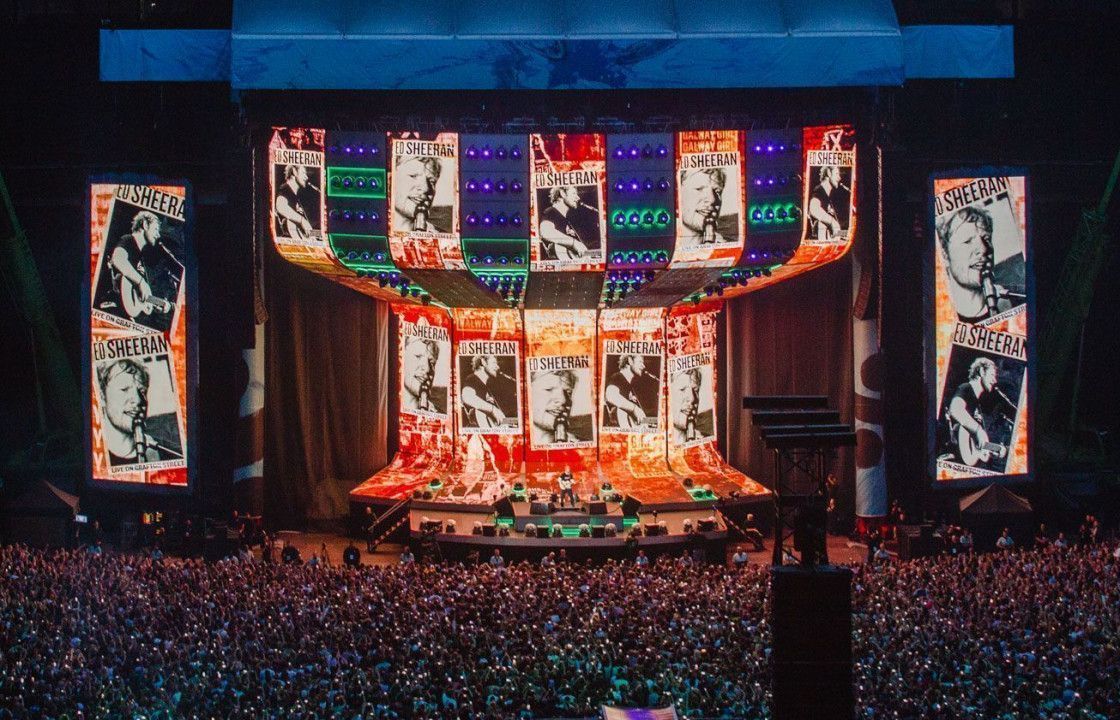A Thorough Analysis of Various Light Emitting Diode Video Wall Technologies and The Uses
A Thorough Analysis of Various Light Emitting Diode Video Wall Technologies and The Uses
Blog Article
Light Emitting Diode video walls have become increasingly popular across different settings, such as music events, sports events, and business presentations. These large big displays consist of made up of many small Light Emitting Diode modules which work together to form a cohesive unified visual. There are different kinds of Light Emitting Diode display screen technologies available, every having its unique characteristics and benefits. Understanding these options can assist companies as well as entities choose the right solution for their specific needs.
A frequent kind of LED display screen technology is the directly viewed Light Emitting Diode. This technology utilizes separate LED modules that are placed near together to form a big display. Direct view Light Emitting Diode walls are known for their elevated brightness as well as lively colors, which makes them ideal for outdoor activities and brightly lit settings. These displays also have a broad viewing angle, which means that viewers can see the display distinctly at various positions. This makes directly viewed Light Emitting Diode walls a popular choice for sports arenas as well as external festivals.
Another kind of LED display wall technology is the LED illuminated Liquid Crystal Display. Such technology combines conventional Liquid Crystal Display displays and LED illumination for improved luminosity and color precision. LED illuminated LCDs are commonly utilized in interior environments, such as retail malls as well as meeting rooms. They provide excellent visual clarity and are generally more affordable than directly viewed Light Emitting Diode screens. However, they may not perform as well in bright settings, since the illumination can occasionally dull the hues.
A third option is the OLED video wall. OLED technology offers exceptional differentiation as well as color richness in relation to other types of displays. Every pixel in an OLED screen emits its own light, allowing for true blacks and lively hues. This renders OLED video walls particularly appealing for applications that require high-quality visuals, such as art galleries or luxury shopping stores. However, OLED solution can be costlier costly while may often be as luminous as directly viewed Light Emitting Diode screens, rendering it not appropriate for outdoor applications.
In addition to these options, various also various uses for Light Emitting Diode video walls. These displays can be utilized for promotion, amusement, as well as data presentation. For instance, businesses often utilize Light Emitting Diode video walls for electronic advertising to attract customers as well as advertise goods. In amusement, these displays enhance the visual encounter at music events and events, offering dynamic backgrounds as well as captivating visuals. Within business settings, LED display screens can be used for presentations, visual meetings, and training programs, aiding to communicate information in a aesthetically attractive way.
To summarize, Light Emitting Diode display walls are available in different technologies, every with its own benefits as well as applications. Directly viewed Light Emitting Diode screens are ideal for outdoor use, whereas LED illuminated LCDs are check out the post right here more suitable for interior environments. OLED video screens offer superior image clarity yet may come at a greater price. Understanding the differences differences can help entities make knowledgeable decisions about the best type of LED display wall best satisfies their needs, whether for advertising, amusement, or business use.